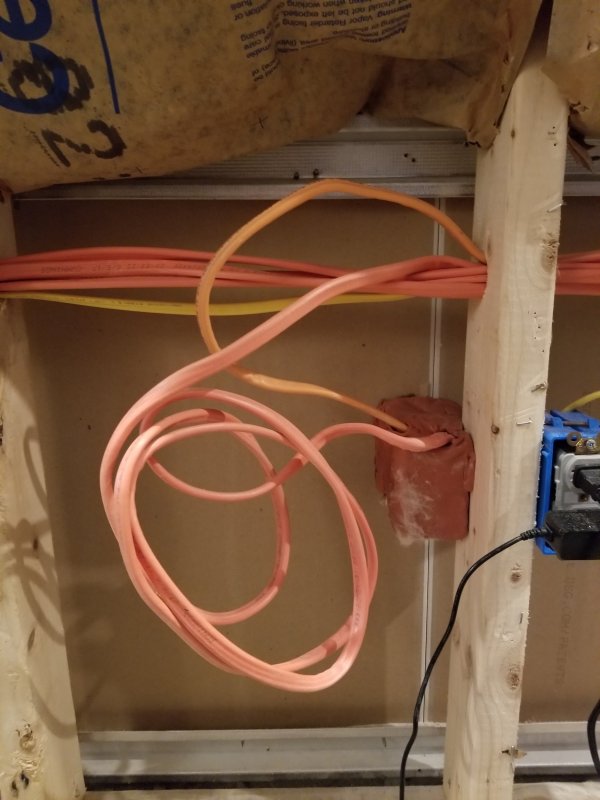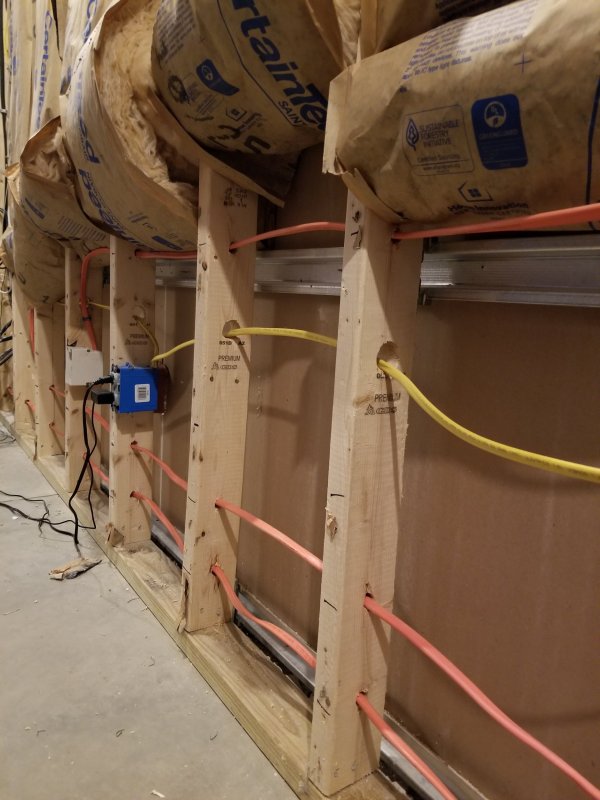Hello to all,
This is my first post on your site, after being recommended from another audio site I am registered with, that there may be some people on here with knowledge of in wall wiring.
Emailing cable manufactures and searching on the internet, I haven't being having much luck with information in regard to in wall power wiring as opposed to front of wall power, which is well resourced
The 2 links below had been recommended with helpful knowledge, but doesn't delve into the cables as such.
Electrical System Optimization - Shunyata Research 6
 www.msbtechnology.com
www.msbtechnology.com
The choice for a mains cable type has unearthed more choices than I expected.
Here, the standard building compliant 240 volt residential mains cable is 7 strand but can be sourced in 3 or up to around 50+ strands.
Does the amount of strands on a 6mm (9 AWG) cable for audio matter?
Does more or less strands have any advantages or disadvantages?
Cable sheath material for in wall cabling?
Advantages/disadvantages in this use?
I will retro fit 2 dedicated mains cables of equal length with a run of approx. 8 metres (24-25') and will keep these apart as much as possible
I could be over thinking this and the various types of in wall mains cable construction choices may or may not make much difference, hence why I can’t find much information.
Any help greatly appreciated. Thanks.
This is my first post on your site, after being recommended from another audio site I am registered with, that there may be some people on here with knowledge of in wall wiring.
Emailing cable manufactures and searching on the internet, I haven't being having much luck with information in regard to in wall power wiring as opposed to front of wall power, which is well resourced
The 2 links below had been recommended with helpful knowledge, but doesn't delve into the cables as such.
Electrical System Optimization - Shunyata Research 6
SUPPORT
Support documents and RMA information. FAQ's. Product Manuals. Setup Guides and warranty information for all MSB Products.
The choice for a mains cable type has unearthed more choices than I expected.
Here, the standard building compliant 240 volt residential mains cable is 7 strand but can be sourced in 3 or up to around 50+ strands.
Does the amount of strands on a 6mm (9 AWG) cable for audio matter?
Does more or less strands have any advantages or disadvantages?
Cable sheath material for in wall cabling?
Advantages/disadvantages in this use?
I will retro fit 2 dedicated mains cables of equal length with a run of approx. 8 metres (24-25') and will keep these apart as much as possible
I could be over thinking this and the various types of in wall mains cable construction choices may or may not make much difference, hence why I can’t find much information.
Any help greatly appreciated. Thanks.








